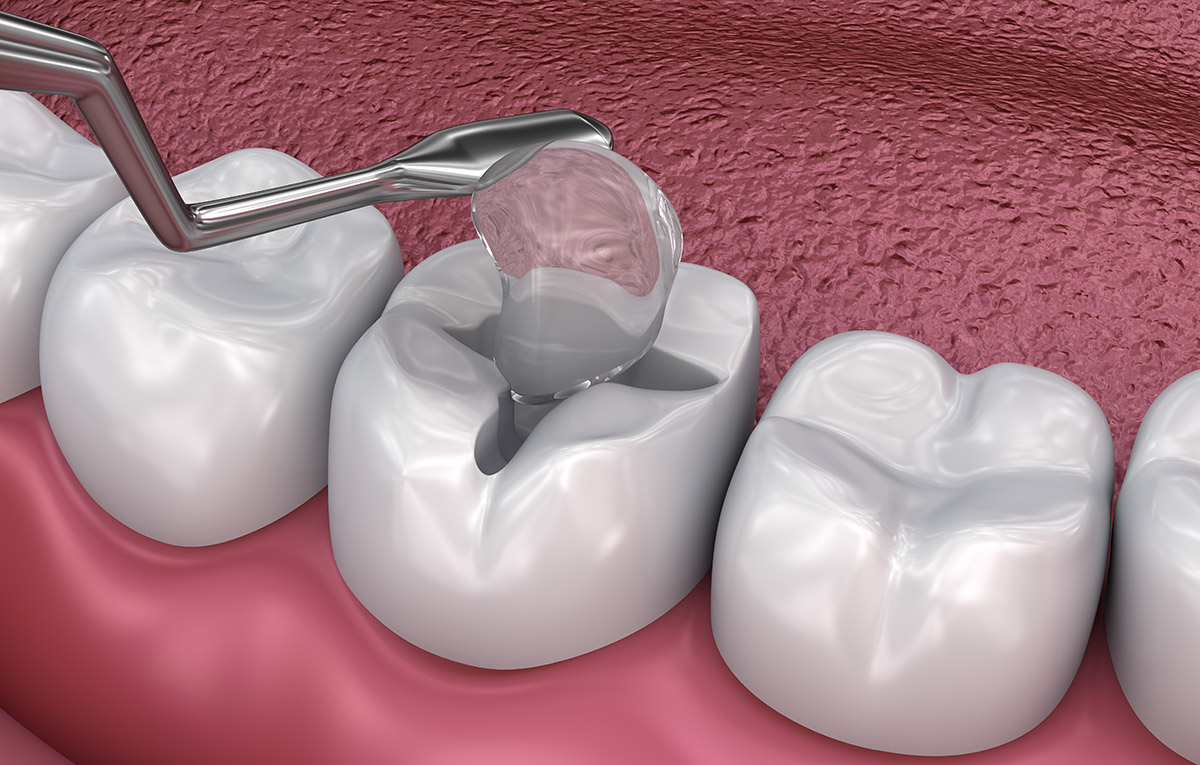Should You Replace Your Old Fillings?
As time passes, dental fillings can start to show signs of wear and tear. Whether it's due to natural aging, exposure to certain foods, or just the passage of years, old fillings can become less effective. For many individuals, this raises an important question: Should you replace your old fillings? Understanding the signs that indicate a need for replacement, as well as the available options, can help you make an informed decision. In this article, we will explore why replacing dental fillings in Dubai(حشو الأسنان في دبي ) might be necessary, and how to decide if it's time for an upgrade.
Signs That Your Filling Needs Replacement:
One of the first indications that your dental filling may need to be replaced is visible damage or wear. Fillings can chip, crack, or even fall out over time. If you notice any roughness on the surface of the filling or if food is getting stuck in the area, it could be a sign that the filling is no longer performing its job. Additionally, fillings that are discolored or leaking can compromise the integrity of your tooth and lead to further complications. Regularly checking your fillings for these signs of damage is a proactive way to prevent more serious dental issues.

When Do Fillings Start to Deteriorate?
Dental fillings are not meant to last forever. Depending on the material used, the lifespan of a filling can vary. Metal fillings, for example, can last 10 to 15 years, while composite fillings typically need to be replaced after 5 to 7 years. Over time, the material can shrink or expand due to temperature changes in the mouth. This can lead to discomfort, as well as the potential for cracks and leaks. If your filling is nearing the end of its expected lifespan, it's a good idea to have it examined to see if replacement is necessary.
The Risks of Not Replacing Old Fillings:
Ignoring the need to replace a deteriorating filling can lead to several dental problems. As the filling loses its effectiveness, it may allow bacteria and food particles to seep into the tooth, which can cause decay or an infection in the underlying tooth structure. This could ultimately require more extensive dental work, such as a root canal or tooth extraction, if left untreated. Furthermore, a cracked or damaged filling may lead to discomfort or pain when chewing. Therefore, it is essential to address the issue as soon as possible to prevent further complications.
The Different Types of Fillings Available:
When considering replacing your old filling, it's important to know the options available. Dental fillings come in various materials, each with its own advantages and disadvantages. For example, metal fillings (amalgam) are durable and long-lasting, but they are more noticeable than composite fillings, which are tooth-colored. Composite fillings blend with the natural color of your teeth, making them a popular choice for front teeth. Ceramic and gold fillings are also available, offering different aesthetic and durability benefits. Understanding these options will help you choose the right material for your replacement filling.
How the Procedure for Replacing Fillings Works:
Replacing a dental filling generally involves a straightforward procedure. The area surrounding the old filling will be numbed to ensure comfort during the process. The old filling is then carefully removed, and the cavity is cleaned and reshaped if necessary. Afterward, the new filling material is placed and molded to fit the cavity. Depending on the material chosen, the filling may require curing with a special light to harden it. The process usually takes about an hour or less, and you can typically return to normal activities immediately afterward. However, some people may experience sensitivity for a few days after the procedure.
Factors to Consider Before Replacing Fillings:
Before deciding whether to replace your old filling, there are a few factors to consider. First, the size and location of the filling matter. Larger fillings, especially in the back teeth, may need to be replaced more frequently due to the pressure of chewing. Second, the overall health of your tooth should be assessed. If the tooth structure has been compromised significantly, a filling may not be enough to restore its strength, and other treatments such as crowns may be necessary. Lastly, the cost of replacing fillings can vary, depending on the type of material used, so it's important to weigh your options based on both functional and financial considerations.
Benefits of Replacing Old Fillings:
Replacing old fillings can have several benefits. A new filling restores the strength and function of your tooth, allowing you to chew and speak more comfortably. It can also prevent further damage, such as tooth decay or cracks, which could lead to more expensive and invasive treatments down the line. Additionally, newer materials, such as tooth-colored composites, offer a more aesthetically pleasing result, helping you maintain a natural-looking smile. Ultimately, replacing a deteriorating dental filling can improve both your dental health and your appearance.
Conclusion:
In conclusion, replacing your old fillings may be a smart move to maintain the long-term health of your teeth. If you're unsure whether it's time for a replacement, it's always a good idea to consult with a dental professional. The decision to replace a dental filling will depend on various factors, but by keeping an eye out for signs of wear and knowing the available options, you can ensure that your smile remains strong and healthy.